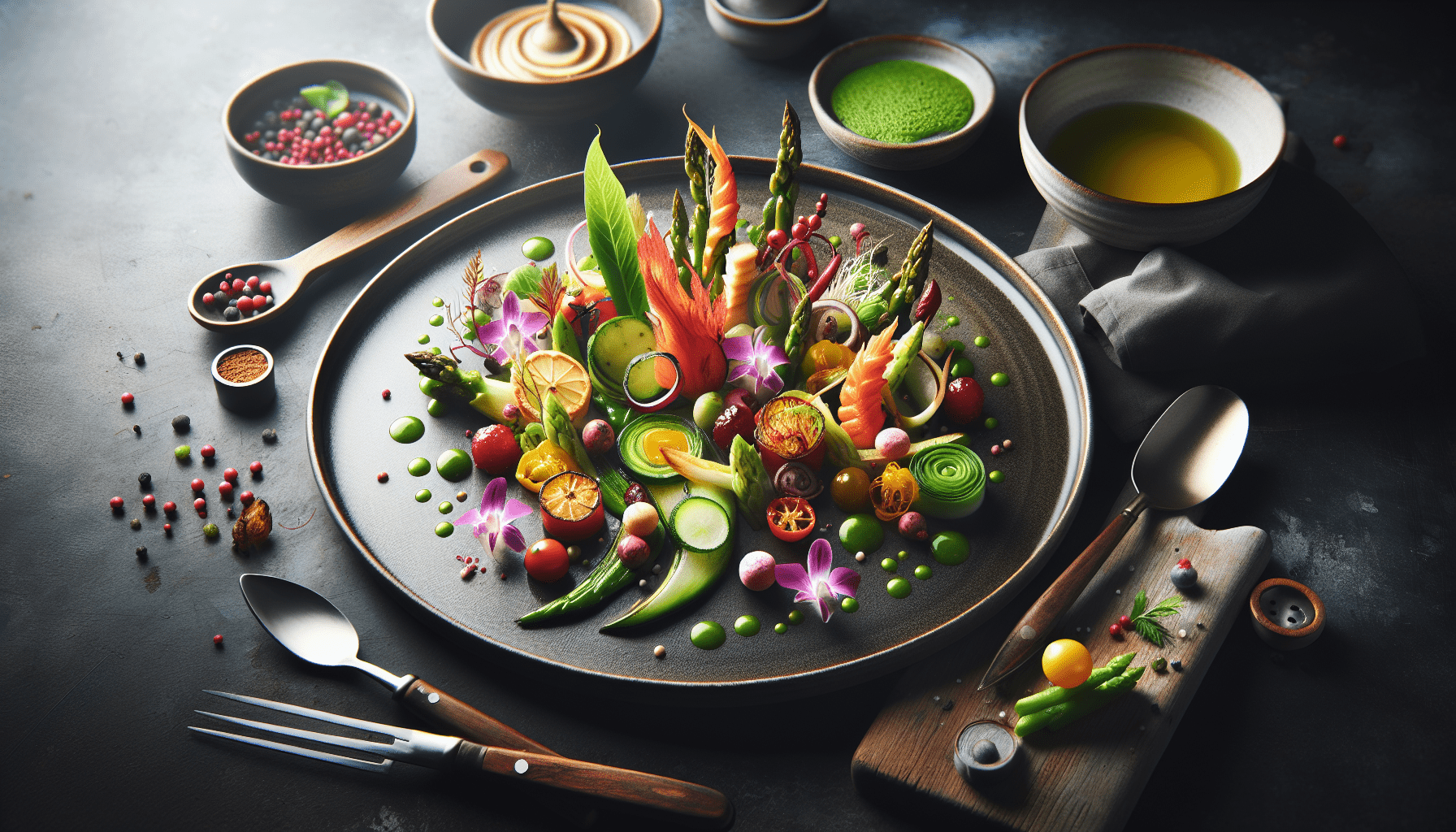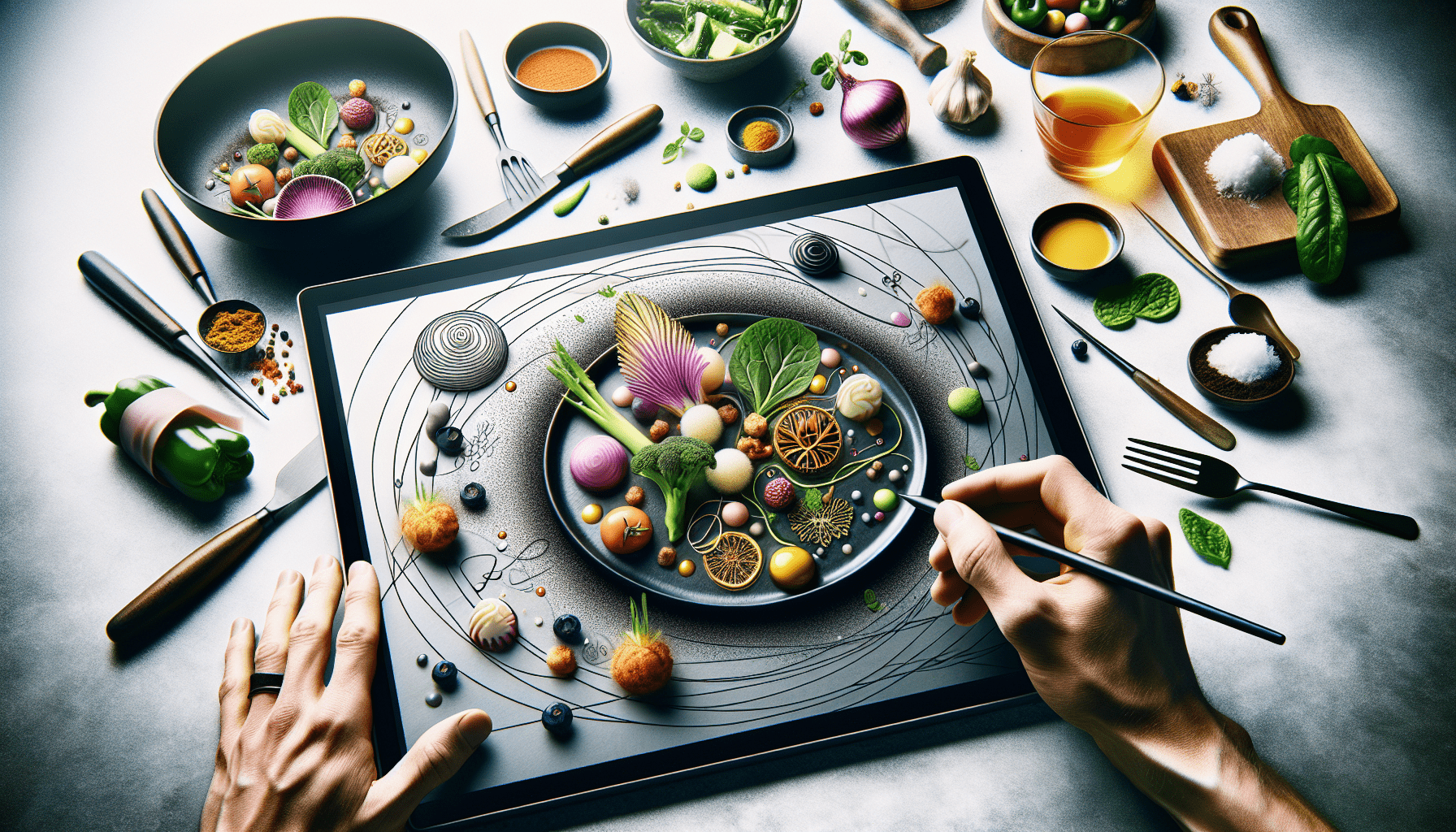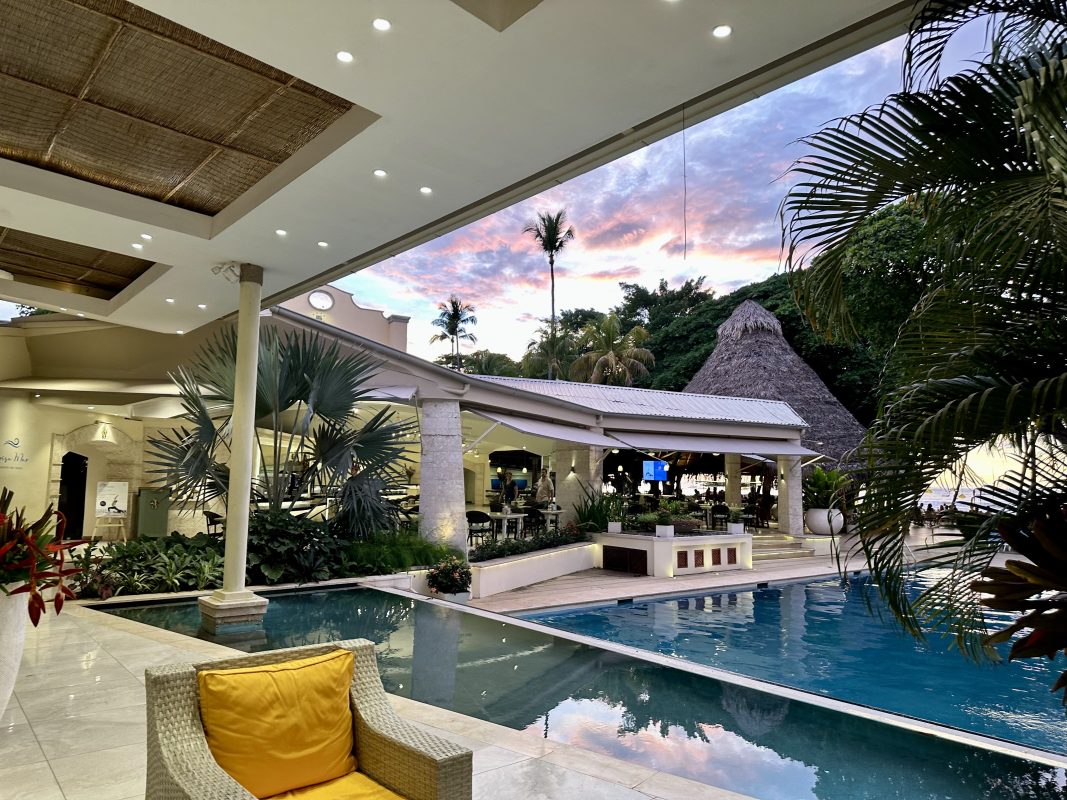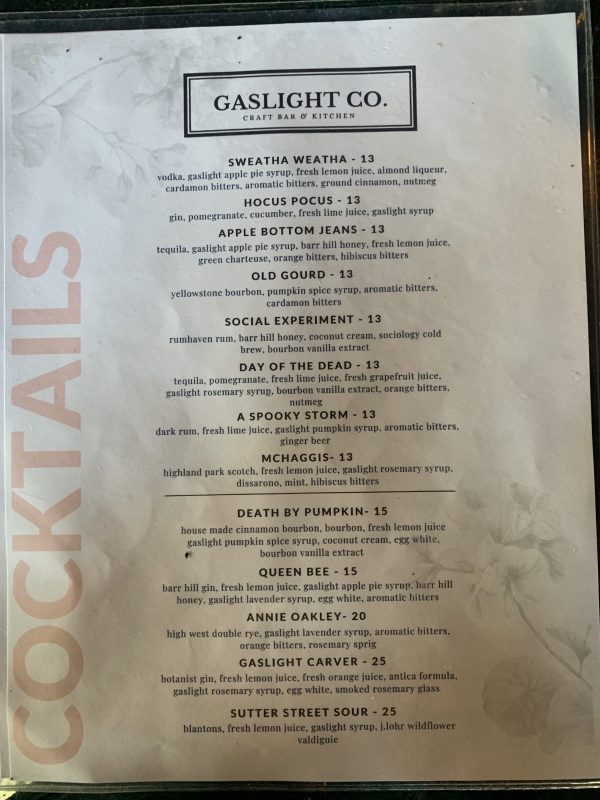In “The Inspiration Behind Michelin’s Most Creative Dishes,” you’ll discover the fascinating journeys that top chefs embark on to craft their culinary masterpieces. From the profound impact of global travel to the intricate balance of seasonality and artistry, chefs weave a tapestry of flavors and experiences into their menus. Chef Mark Donald of The Glenturret Lalique Restaurant and Chef Tom Kitchin of The Kitchin provide captivating insights into how nature, nostalgia, and a relentless pursuit of originality shape their dishes. As they harmonize textures, colors, and themes, these culinary artists transform even the simplest recipes into extraordinary creations, embodying the essence of Michelin-starred dining. Have you ever wondered what inspires Michelin-starred chefs to create their most iconic and inventive dishes? The journey behind each plate is just as remarkable as the tantalizing flavors that grace your palate.
The Inspiration Behind Michelin’s Most Creative Dishes
While the ambiance of a Michelin-starred restaurant can set the stage for what’s to come, the food is what earns the accolades. Michelin tasting menus are often derived from the chef’s experiences and can take hours to develop and serve. Let’s explore the multifaceted inspirations behind these celebrated culinary creations.

Get an Official Zagat Restaurant Guide
The Influence of Travel and Cultural Experiences
“Traveling has had a huge impact on my creative process,” shares Chef Mark Donald of Scotland’s The Glenturret Lalique Restaurant. “I have learned from each experience in Copenhagen, London, and Australia, and retrospectively enjoyed them all. Different countries and locations all have different vibes, too, as well as produce and guest culture.”
Donald underscores the holistic planning behind his menus, considering not just his own whims but also the restaurant’s team and guests. This inclusive approach ensures that the culinary offering is harmonious and well-balanced, appealing to a diverse clientele.
The Role of Seasonal Ingredients and Nature
Chef Tom Kitchin of Michelin-starred The Kitchin echoes this sentiment. As told to Tasting Table, nature and the seasons drive Kitchin’s process. “Every time a new season begins, my trusted suppliers bring me a wealth of fresh new produce, and that’s often where the inspiration for a new dish will come from,” he says.
The very foundation of Kitchin’s menu starts from the freshest ingredients available, influenced by the natural pairings found in the wild. This attention to seasonal ingredients not only brings an authentic touch to the dishes but also ensures that they are at their peak freshness.
The Art of Presentation and Plating
Chefs have texture, colors, and themes to consider when deciding the best way to present their creations. The process requires both vision and artistry, as even a basic recipe can be transformed with an elevated plating.
“In order to keep up with the title ‘restaurant destination,’ you need to continue being extremely creative by not copying other chefs,” Chef George Papazacharias of Athens’ Michelin-recognized Delta restaurant explains. “That’s where the conceptual creation of food comes from because there you have to keep up and copy as close as possible the nature itself.”
Crafting a dish involves more than just cooking; it’s about engaging the diner’s senses visually and texturally before the first bite is even taken. Each element on the plate is meticulously planned to create a harmonious experience.

Get an Official Zagat Restaurant Guide
The Journey of Culinary Excellence
The journey of crafting Michelin-starred dishes is filled with painstaking attention to detail and an unwavering commitment to excellence.
The Role of Testing and Refinement
“A dish can happen in an instant or it could be on the back burner for years potentially, until it just comes out at any time,” says Donald. “It could be a color, a shape, nostalgia that inspires me, or simply that it suddenly just comes to me in the shower.”
One chef recalled on Reddit spending over a year perfecting a sorbet, collecting dozens of notes and sampling countless versions before attaining the desired recipe. This illustrates the lengths to which chefs go to ensure each dish meets the highest standards of quality and creativity.
Consistency and Innovation
Though creative processes may vary from chef to chef, the results of Michelin-starred meals are uniformly and recognizably exquisite. This uniformity is not just a hallmark of excellence but also a testament to the dedication and scrutiny each dish undergoes before it reaches the diner’s table.
The Elements of a Michelin-Starred Dish
Texture
Texture plays a crucial role in elevating a dish from good to exceptional. Chefs often experiment with different cooking techniques to introduce contrasting textures within a single dish, offering a multi-sensory experience.
Color
Colors are not just visually appealing but can also influence the perceived flavor of a dish. Vibrant ingredients are thoughtfully paired to create a visually stunning plate that tempts the eyes as much as the taste buds.
Themes and Stories
Every dish tells a story. Whether it’s a modern twist on a classic recipe or a tribute to a childhood memory, the emotional connection behind a dish adds an extra layer of depth that resonates with diners.
Real-life Inspirations: Case Studies
For a more concrete understanding, let’s delve into some real-life examples where Michelin-starred chefs reveal the genesis of their iconic dishes.
Chef Massimo Bottura: The Art of Reconstruction
At Osteria Francescana in Modena, Italy, Chef Massimo Bottura breaks down and reconstructs traditional Italian dishes, infusing them with contemporary creativity. His dish, “Five Ages of Parmigiano Reggiano,” celebrates one of Italy’s most beloved cheeses in various stages of its life, showcasing different textures and flavors in a single dish.
Chef Clare Smyth: Homage to Humble Ingredients
At Core by Clare Smyth in London, Chef Clare Smyth elevates humble ingredients to luxurious heights. Her dish “Potato and Roe” transforms the simple potato into a gourmet experience, highlighting the beauty and depth of everyday ingredients.
Behind the Scenes: The Creative Process
Understanding the intricate creative process offers a glimpse into the world of haute cuisine. The following stages illustrate how Michelin-starred chefs develop their masterpieces.
Ideation
The first stage involves brainstorming and capturing any form of inspiration, whether through travels, seasons, or a sudden epiphany. This is often a collaborative process, with the entire kitchen team contributing ideas.
Prototyping
Once an idea takes root, the next step is to create a prototype. This involves selecting ingredients, determining cooking techniques, and initial plating. This phase is heavily experimental, often involving multiple iterations.
Testing and Feedback
The prototype dish undergoes rigorous testing within the restaurant. Feedback from the kitchen staff, front-of-house team, and even select diners is vital. This stage may involve numerous tweaks to achieve the desired balance of flavors, textures, and presentation.
Finalization
After fine-tuning, the dish is finalized and incorporated into the menu. Continuous assessment ensures the dish maintains its high standards, adapting as necessary based on seasonal ingredient availability or guest feedback.
The Role of Teamwork in Culinary Creation
The creation of a Michelin-starred dish is never a solo endeavor. It requires the concerted effort of an entire team. From sous chefs to line cooks, each member plays a crucial role in bringing a dish to life.
Collaboration and Coordination
Effective communication and collaboration are essential. Chef Tom Kitchin emphasizes the importance of trusting his suppliers and kitchen team. The synergy between the front-of-house and back-of-house staff ensures a seamless dining experience for guests.
Future Trends in Michelin-Starred Cuisine
As the culinary world continues to evolve, Michelin-starred chefs are constantly pushing boundaries to set new trends and redefine gourmet dining.
Emphasis on Sustainability
Sustainability is becoming increasingly important. Chefs are more inclined to use locally sourced ingredients, minimize waste, and adopt eco-friendly practices.
Advent of Technological Innovations
Advancements in technology, from molecular gastronomy to AI-driven kitchen equipment, are providing chefs with new tools to innovate and elevate their culinary creations.
Personalized Dining Experiences
Customization and personalization are gaining traction. Chefs are designing dishes and menus tailored to individual preferences, allergies, and dietary restrictions, enhancing the overall dining experience.
Conclusion: The Ever-Evolving World of Culinary Artistry
The world of Michelin-starred cuisine is one of perpetual evolution and boundless creativity. Each dish is a testament to the chef’s passion, dedication, and meticulous attention to detail. As diners, understanding the inspiration behind these exquisite creations enriches the dining experience and offers a deeper appreciation for the artistry involved.
So, the next time you find yourself at a Michelin-starred restaurant, take a moment to savor not just the flavors but also the stories and inspirations that have culminated in your culinary journey. From the careful selection of ingredients to the artistic presentation on your plate, every element represents a labor of love, crafted to provide you with an unforgettable gastronomic adventure.






